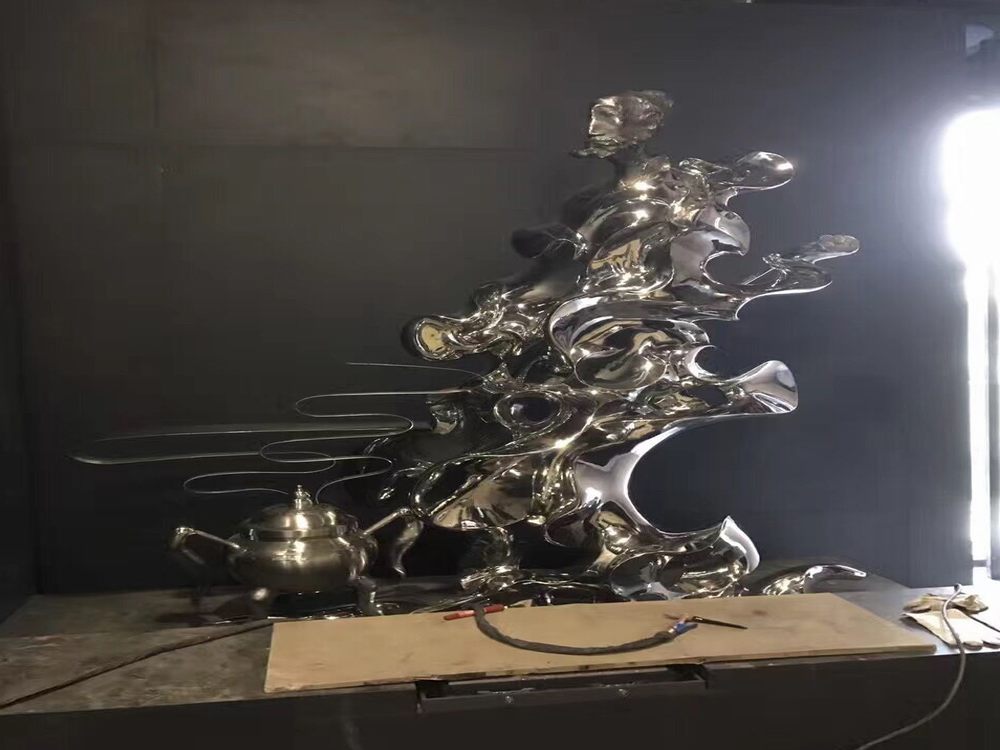
Bronze sculpture has long been a medium for artistic expression, with representational and non-representational forms offering distinct approaches. Representational bronze sculptures aim to depict recognizable subjects—human figures, animals, or objects—with lifelike accuracy, often emphasizing anatomical precision and narrative elements. These works connect viewers to familiar imagery through detailed craftsmanship.
In contrast, non-representational bronze sculptures break from literal depiction, prioritizing abstract shapes, textures, and emotional resonance. Artists manipulate form, balance, and negative space to evoke ideas rather than replicate reality. The metal’s fluidity allows for experimental compositions that challenge traditional perspectives.
Key distinctions include:
1. Subject Matter: Representational works mirror reality; non-representational pieces explore pure form.
2. Technique: Figurative sculptures often require meticulous modeling, while abstract works embrace spontaneity.
3. Interpretation: Viewers engage with representational art through recognition, whereas abstract pieces invite personal reflection.
Both styles showcase bronze’s versatility, from classical statues to modern installations, reflecting evolving artistic philosophies across centuries.

